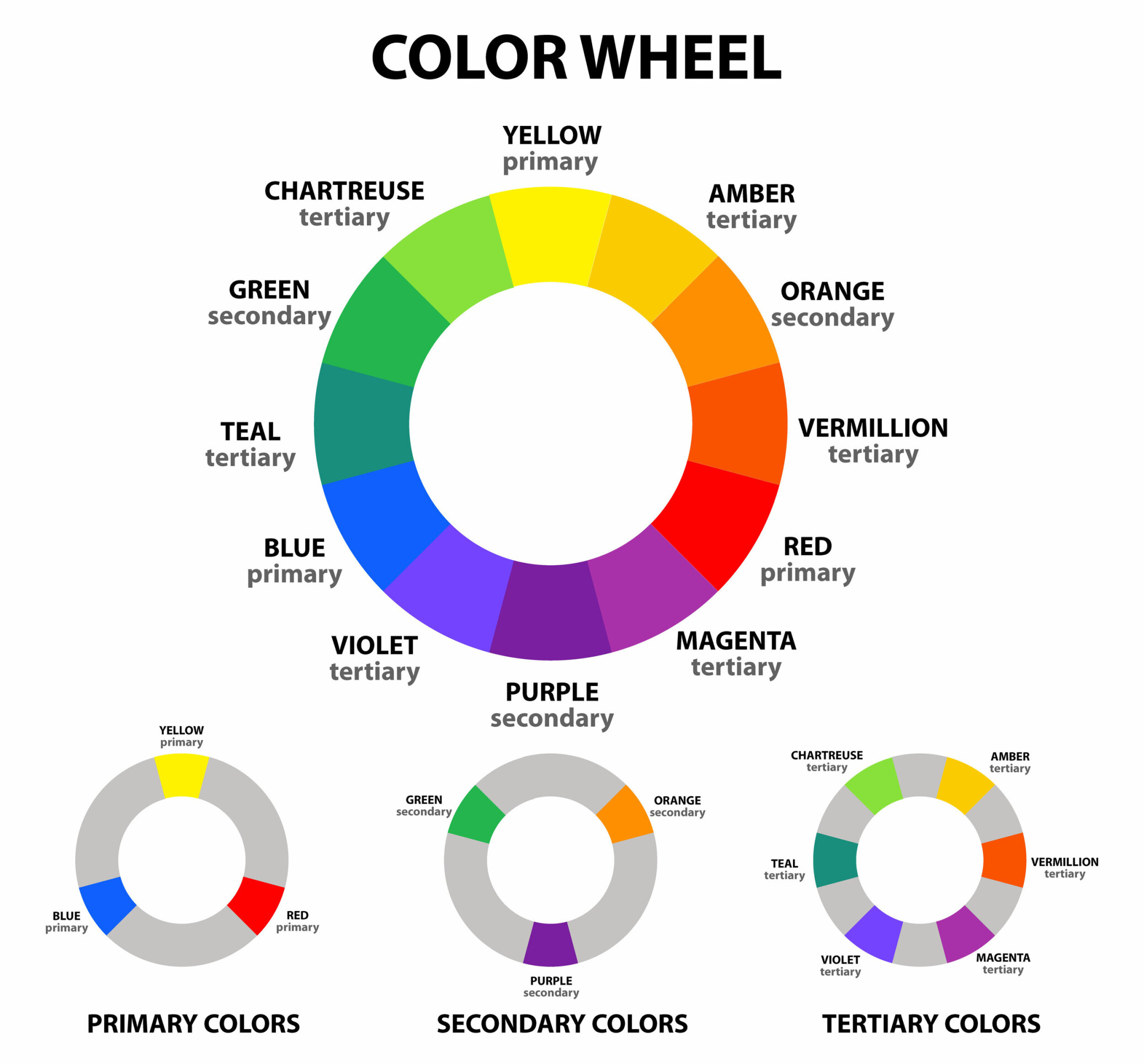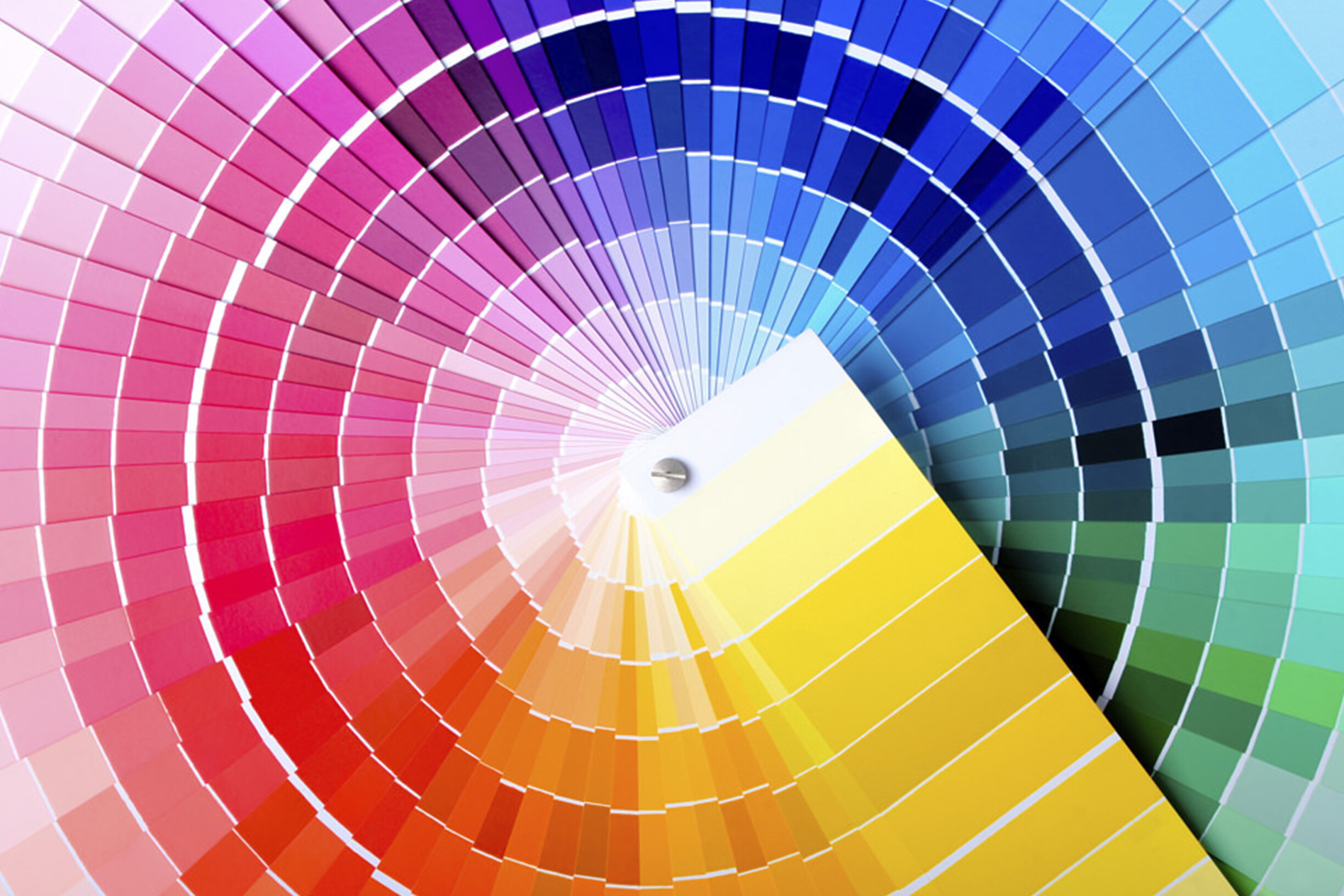Enter a room. The walls are white, the ceiling and floor are white, and all the furniture and decorative pieces are white. What does this convey to you? Now imagine another scenario. Enter a room with white walls, a white ceiling, and a wooden floor. The furniture is in neutral tones, such as beige or brown, and there are touches of colour in the pieces, such as a yellow sofa. This scenario certainly gives you different sensations and emotions than the first.
This is the importance of colours in an interior design project. And this is your role as an interior designer.
In the world of interior design, colours are the brushes that define the personality and character of a space. They can transform areas, create striking atmospheres, and evoke emotions beyond words. Careful selection of colours is an art that goes far beyond aesthetics or personal taste.


In interior design, colours have a profound and multifaceted importance beyond aesthetics.
Choosing the right colours can distinguish between a dull, lifeless space into a vibrant, welcoming room. The artful use of colour can elevate a design from ordinary to extraordinary, evoking emotions, setting moods, and creating a captivating visual symphony.
In this way, colours play a vital role in creating atmospheres, defining emotions, and influencing the perception of spaces.
The colours you choose for an interior design space reflect your client's personality or the purpose of the area. They help establish a style and create a unique atmosphere that is an expression of character and style. Furthermore, colours can visually change the perception of the size and shape of a space. If, for example, light colours can create the illusion of larger, airier spaces, dark colours can bring a feeling of warmth and intimacy. The most important thing when discussing colours in interior design is finding balance.
The colours are versatile and can be adapted to different design styles and trends. Using colours can be an excellent way to renovate or adapt a space without significant structural changes and adapt it to different design styles.
Finally, colours also play a functional role in interior design. Light colours reflect light better, making spaces brighter, while dark tones may be more suitable for relaxation areas.

In the universe of colours, a colour wheel is an essential tool that helps us understand the relationship and interaction between tones, hues, and saturation. It is a valuable ally for any interior designer, offering guidelines for creating visually appealing and balanced combinations.
The colour wheel is made up of primary colours (red, blue, and yellow), secondary colours (orange, green, and purple), and tertiary colours (resulting from a mixture of primary and secondary colours). The circular arrangement of colours allows you to visualize the relationships between colours and facilitates the creation of harmonious schemes.
Using the colour wheel, you can explore different colour schemes, such as:
Complementary colours: opposite colours (like blue and orange, for example) provide solid and vibrant contrasts;
Analogous colours: adjacent colours on the wheel (like green and yellow) create soft, harmonious combinations;
Triadic colours: these are colours equally spaced on the wheel (such as purple and orange), which offer balance and vivacity.

"Colour is not just colour; it's energy. It can completely change your mood."
Van Day Truex, an American interior designer
Colour psychology is the field that explores the energy of colours, as mentioned by interior designer Van Day Truex. In the context of this energy, we realize that colours are associated with emotions, sensations, and meanings.
As an interior designer, it is essential to understand how colours affect emotions to create spaces that convey specific sensations. Behind each hue is intrinsic psychology that evokes distinct feelings, shaping how your client perceives and connects with the area. Using colour psychology as your ally to define your architectural or interior projects is essential.
What is the emotional power of some of the main colours?
Red: power, passion, energy, vitality, sensuality, strength;
Blue: calm, tranquility, relaxation, serenity;
Yellow: optimism, joy, happiness, life, comfort, stimulation;
Green: harmony, concentration, balance, health;
White: peace, cleanliness, calm;
Orange: movement, creativity, optimism;
Brown: simplicity, firmness, stability;
Pink: romance, compassion, tenderness;
Purple: romance, delicacy, sophistication, spirituality;
Black: elegance, formality, sophistication.
When we know the different sensations that colours can convey, we notice the intentional use of these colours in homes, companies, businesses, and other spaces.
Creating areas that meet specific needs is possible by applying colour psychology to interior design. For example, you can opt for soft colours and cooler tones, such as blue and green, in rest areas. In shared spaces like the living room, warm and vibrant tones like red and orange stimulate interaction and energy.
See how to make a moodboard, as it is the first step to guiding the process of choosing colours for a successful interior design project.

Choosing the right colours for an interior design project can be challenging. That is why the designer will be the best professional to carry out this task, as he will know how to evaluate each situation. As an interior designer, you can follow our 7 tips:
Before choosing a colour palette for a project, it is essential to understand the purpose and function of the area. Define whether it is a space for rest, productivity, or entertainment. For example, in spaces where coexistence and coziness are essential, such as the living room, blue and yellow will stand out. We have an article in our blog if you want to delve into the world of living room colour ideas. In spaces for rest, such as the bedroom, neutral tones are the most used. In the home office context, colours such as orange, yellow, and brown act as stimuli for intellectual activities.
Light - whether natural or artificial - influences the perception of colours. Therefore, you should test colour samples under different lighting conditions to see how they behave throughout the day. Some colours may appear different in sunlight or artificial light.
Understanding the impact that colours can have on your client is very important. Consider the emotions you want to awaken in the space and choose colours according to these goals.
Decorative style is vital in finding the right colours for your project, as it acts as a compass for defining the colour palette. For example, neutral and sober tones, such as white, beige and gray, predominate in minimalist decoration. In modern-style areas, vibrant colours gain space. In rustic decoration, earthy tones are among the main visual elements.
Knowing the various interior architecture styles will facilitate the creative process of selecting the perfect colours.
Is your interior design project in a small space? Bet on light colours, which will visually expand the area. If, on the contrary, you are working in a larger context, dark colours will create a feeling of welcome and comfort.
It’s not enough to think about the colours of the walls or floor. Consider furniture, coverings, and decorative elements. Intentionally choose colours that complement or contrast to create visual harmony between all aspects. The best way to ensure coherence is by defining the colour palette.
Keeping up with architecture and decoration trends also helps to create the color palette of your decoration project. Remember that meeting your client's tastes and desires is more important than trends. Some colours are a trend yearly, whether in fashion, architecture, or decoration. Be aware of these trends. Remember that Pantone always defines the colour of the year. It's a great tool to have on hand.
Following our practical tips can guide the selection of the right colours for your interior design project, ensuring that they are functional, emotionally appropriate to the environment in question, and meet aesthetic objectives. More than knowing what colours mean or convey, it is essential for an interior designer to understand the power that colours have to shape light, transform a room or a house, attract people to its interior, or push them away.
Stay tuned to our blog to always be up to date with news and trends in the world of interior design. You can also see some inspirations on ALMA de LUCE's Pinterest that best suit the needs, tastes, and client's desires. Once you're inspired, want some help getting started? Contact us here.😉